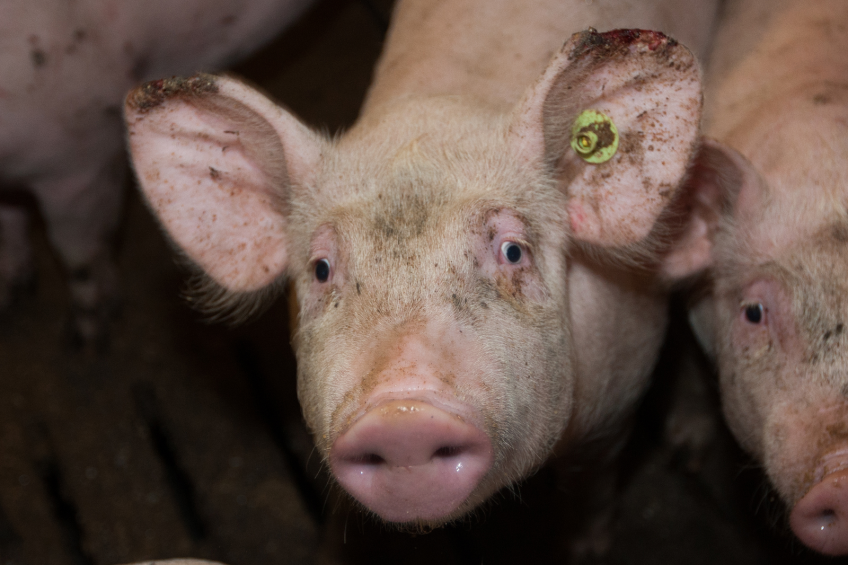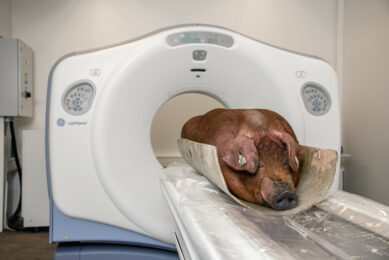Genetically modified pig organs for use in humans

US researchers say that a future gene-editing method might make swine organs suitable for use in humans, by trimming out potentially harmful virus genes.
A team of researchers around Prof George Church, Harvard University, United States thus brings ‘xenotranplantation’ one step closer – or the use of animal organs in people. If indeed successful, gene-editing could be an answer – albeit in the long-term future – to the shortage of human donor organs.
A recent publication, in scientific journal Science, addresses the potential hurdles such as rejection and infection by viruses embedded in a pig’s DNA. Church used a technique called CRISPR-Cas9, to alter the DNA of pig cells to create a better match for humans.
Theory to let scientists play around with DNA
Church is one of the pioneers of the technology. It is a relatively new scientific tool that can be compared to ‘molecular scissors’, cutting away unwanted parts of a DNA. Although still in its infancy, the technique’s possibilities are endless. Church used it to inactivate a retrovirus present in the pig cell line.
This Porcine Endogenous Retrovirus (PERV) is potentially risky because it can infect human cells. In tests on early pig embryos, Church managed to eliminate all 62 copies of PERVs from the pig cells’ DNA.
Removing viruses is essential
These PERVs could potentially infect a human who received a pig organ transplant, so removing these is essential. Using more traditional breeding tactics do not help to remove the virus from a pig’s genome.
Church also examined if the modified pig cells would still pass the PERV on to cells in humans. They did not, although there was still a little bit of transmission.
Future steps for pig transplants
The geneticist first revealed his team’s progress on October 5, at the National Academy of Sciences.
The next step for pig transplants is to create actual embryos with the edited genomes. According to Nature, Church has co-founded a biotech company called eGenesis to perfect the process.











